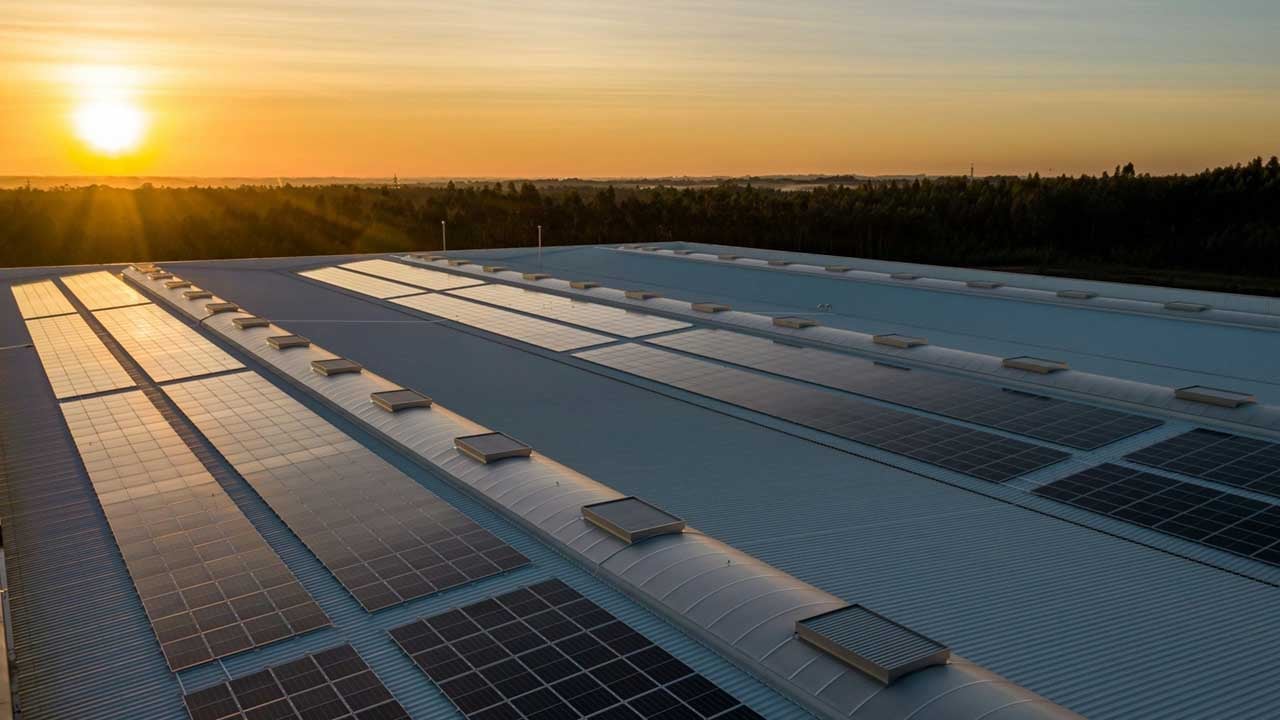Solar Farms Exploit Oregon Law to Claim High-Value Farmland

A loophole in Oregon state law allows developers to build large-scale solar farms on what should be protected high-value farmland.
34 Solar Projects Granted Exceptions
To date, every single one of the 34 solar projects have sought exceptions and won approval, according to a recent report by the Land Conservation and Development Commission.
In theory, solar development is restricted to a maximum of 12 acres on high-value farmland, 20 acres on lower-level crop growing soil, and 320 acres on non-arable land. However, farmers can apply for exceptions from the state or county.
The Oregon Energy Facility Siting Council (OEFSC) approves larger projects, while counties have the authority to approve smaller solar arrays.
Exceptions are based on proof that the developments will benefit the county economically and cause minimal loss of high-value farmland.
Since 2011, 34 solar projects have been granted exceptions and every exception application handled by the OEFSC has been approved.
Legislature Allows Counties to Approve Large Solar Projects
Exacerbating the issue is that the OEFSC has gradually lost jurisdiction over projects requiring substantial acreage with last year’s decision by the Legislature to allow counties to approve bigger projects.
The state recently approved the largest solar project to date on nearly 10,000 acres in Morrow County. The Sunstone Solar array will produce sufficient energy to provide power to half-a-million residential homes. Sunstone paid mitigation fees into Morrow County’s fund to protect and boost agriculture.
The OEFSC has recently updated guidelines and evidence and analysis that developers must provide to support applications for exceptions from Oregon’s farmland protection goal.
Developers will have to consider impacts to local communities and make proposals of how these will be offset.
Authorities Want Solar Farm Developers to Pay Mitigation Fees
The OEFSC is hoping that developers will follow the Sunstone example and pay mitigation fees to preserve and bolster farmland.
Officials says that mitigation fees could level the playing field between developers selecting high-value farmland or non-arable land for projects.
Official farmland mitigation programs have been introduced by a handful of states and the OEFSC is considering changes to rules in the future to protect farmland from the impact of large-scale solar projects and updating land-use standards.
Meanwhile, the Oregon Department of Land Conservation and Development is establishing new guidelines to assist eastern Oregon counties to solar project sites that do not encroach on high-value farmland and wildlife habitat.
